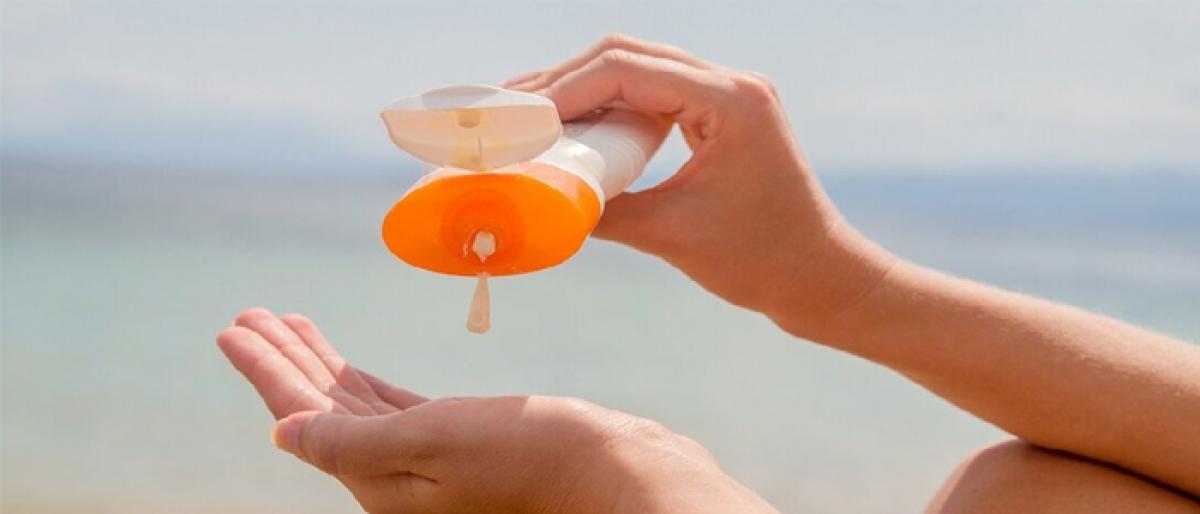Chemicals in sunscreen may cause birth defects, infertility

Scientists have detected chemicals in sunscreen that can cause birth defects and infertility
Hong Kong (IANS): Scientists have detected chemicals in sunscreen that can cause birth defects and infertility.
In the study, the team from the Hong Kong Baptist University (HKBU), found that the chemicals in sunscreen caused abnormalities in Zebrafish and killed their offspring.
After human use, the organic or chemical ultra-violet (UV) filters in sunscreens are discharged into the sea, either directly by being washed off with sea water or indirectly through discharge of wastewater.
Eventually they enter the sea, thereby posing a threat to marine organisms and the ecosystem.
These UV filters could possibly pass up the food chain to humans and affect our health, the researchers said.
"UV light increases the risk of premature skin ageing, freckles and triggers skin cancer.
Organic or chemical UV filters that can absorb or block UV radiation, are extensively applied in personal care products including sunscreens," said Kelvin Leung Sze-yin, Associate Professor at the HKBU.
"Since more than 70 per cent of the genetic structure of zebrafish resembles that of humans, the effect of these contaminants passing along the food chain to humans and the long-term impact on human fertility cannot be neglected," Sze-yin added.
In the study, reported in the journal Environmental Science and Technology, the team simulated the real aquatic environment in a laboratory where contaminated artemia were fed to zebrafish for 47 days.
The contaminated water contained three commonly used UV filters, namely benzophenone-3 (BP-3), ethylhexyl methoxycinnamate (EHMC) and octocrylene (OC).
After 47 days, none of the adult zebrafish appeared to be damaged but several of their embryos were found to have malformations or abnormalities.
The embryos' 24-hour mortality rate increased dramatically, from 10 per cent to nearly 60 per cent, while the 72-hour hatching rate decreased significantly, from 80 per cent to less than 30 per cent.
Sze-yin said the combined presence of BP-3, EHMC and OC creates "a mixture effect" that increases their accumulation compared with the case when only one chemical is present.
Sze-yin called for regulations to cover the use of chemicals in personal care products and said more research should be done on the long-term impact of these contaminants.
He recommended the usage of natural, mineral-based sunscreens.















